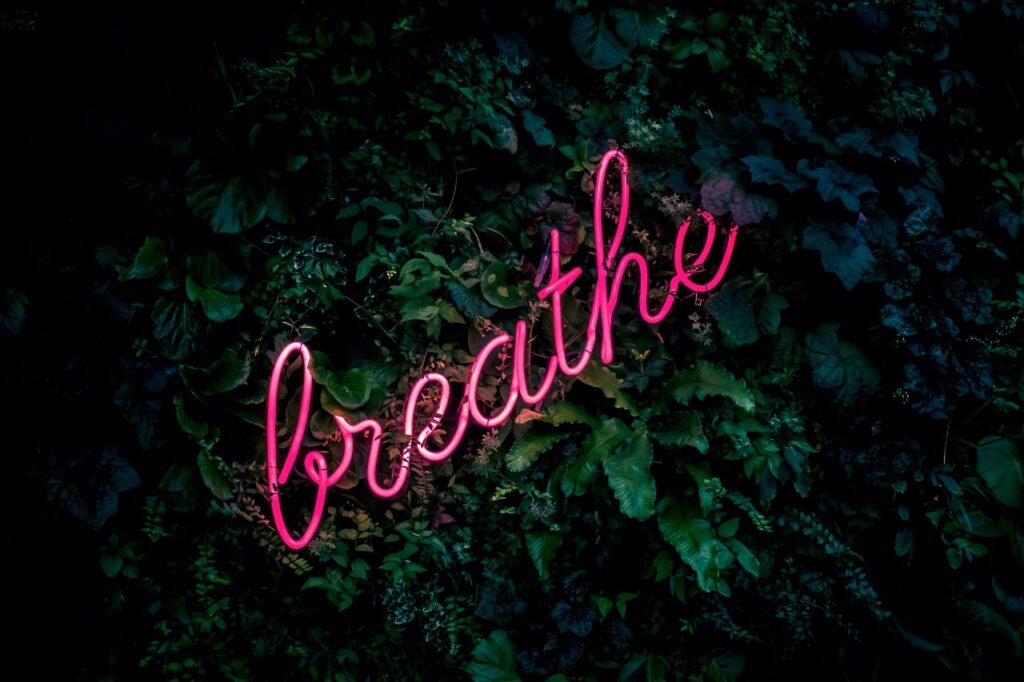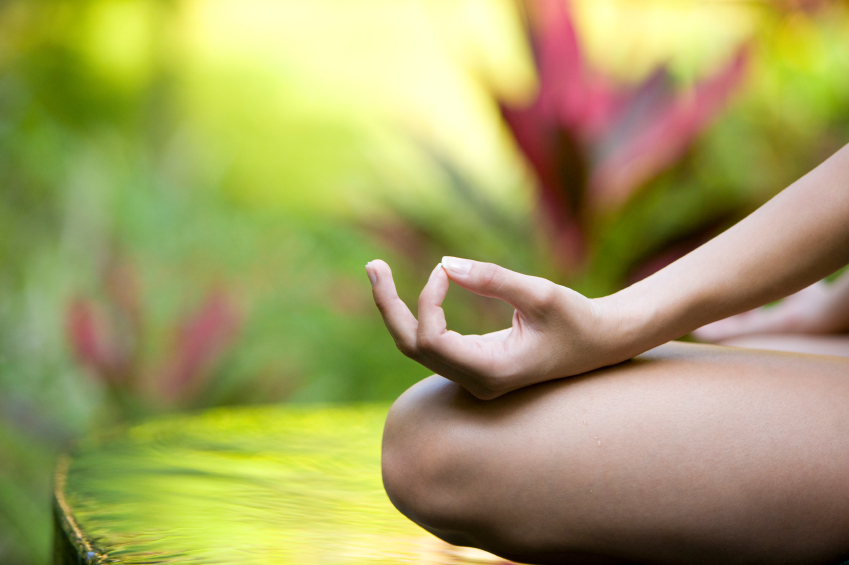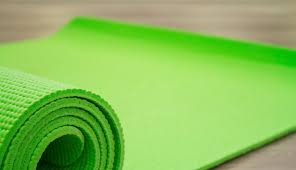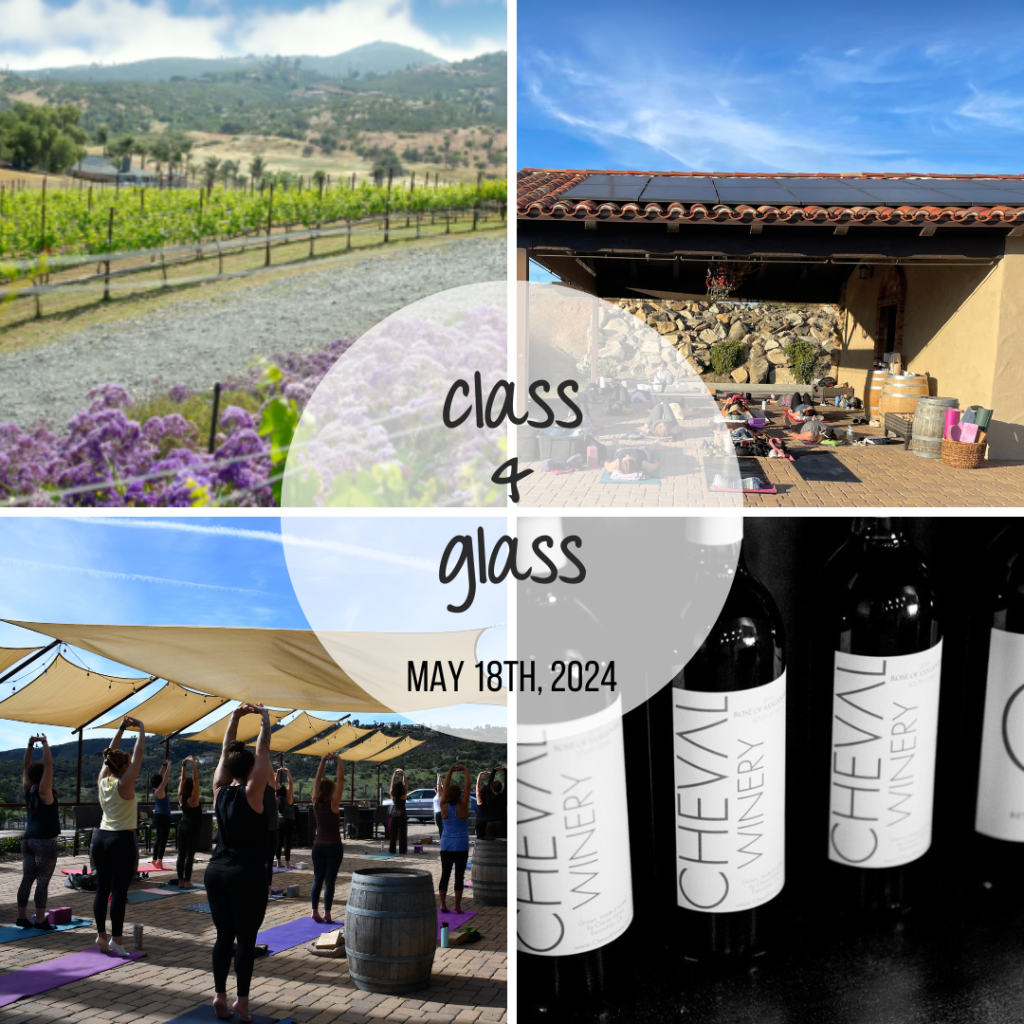Let the yoga begin!
Or not. My path to becoming a yoga teacher was not exactly paved with cushy yoga mats!
Fitness took me pretty far in life. If you read part 2 of my story, you know it got me through being a somewhat lost stay-at-home mom, through a rough divorce, and on to a real career in an industry I loved.
As my career progressed and led me to management roles in my company, it also brought me to becoming a yoga teacher. Sort of.
Yoga had begun to expand out of the studio environment and into mainstream big-box gyms, with increasing popularity. It was my job to decide what to put on all my gym schedules and I felt like it was important to really know what each class was about. The best way to explain something to someone else is to have done it yourself!
So I took classes.
Lots of them. I took classes with well-known very popular teachers. I took classes at my gym, at other gyms, at studios, and at industry conferences.
And I really hated it!
I felt like the classes went too fast. There was not much time to get into and out of each asana and then we were on to the next one.
I found it challenging because I didn’t know what the asanas were, especially since many of the teachers used the Sanskrit names for the poses and I had no idea what they were talking about.
There was also very little instruction on proper form and execution, allowing for some really atrocious postures. In my case, as a chronic migraine sufferer, this lack of information led to me coming away with a migraine almost every time I took a class!
I had given up on ever really enjoying yoga.
I’d basically written it off as one of those forms of movement that were just not for me.
Eventually, one of my colleagues and longtime friends in fitness invited me to come to her class. Doris Thews and I shared a lot of similarities in both our personal and professional lives. What I knew about Doris is that her background in teaching mirrored my own. If anyone could make yoga make sense to me, it would be her. What did I have to lose?
What I learned changed my mind about yoga forever.
The approach that Doris took in teaching the class was different than what I had experienced so far. She acknowledged that she wasn’t the most flexible person in the world, but that yoga didn’t care. She noted that some people may be more or less flexible than her and that was okay; each of us should work to our own ability.
As we dove into the class, Doris took time to explain how to move into, hold, and transition out of each asana. Suddenly I didn’t feel like my shoulders were up in my ears during every down dog! Her simple explanation of how to perform the movement (in English!) made all the difference in whether I got a migraine or not.
Having the right teacher makes all the difference.
After that experience, I began to get the yoga fever. Practicing yoga in a way that made sense to me made all the difference.
As a matter of fact, the whole reason I created the What Kind of Yogi Are YOU quiz was to help other people take a shortcut to finding that right fit. It’s not about what style of yoga might like. It’s all about finding a teacher with an approach to yoga that matches your vibe.
My next step was to learn more about it. I read up on it. I took more classes. Eventually, I decided to become a certified yoga teacher.
I even used it in coaching people to work through stress, anxiety, and trauma. One of the principles of yoga is service. If you want to know where you can best serve people, you look at your own wounds. Well, I had quite a background in divorce, parental alienation, and religious trauma. Yoga has helped me and helped me to support others in working through these issues.
Now we are up to speed!
Well, almost.
In the fourth and final part of this series, I will share how I went from a successful fitness executive to a yoga retreat specialist.
See you in part 4!

P.S. Let’s be besties!! Follow us on Instagram, Facebook, and Pinterest, and join the LAYLO Shala to get the latest news and insider goodies 😍









